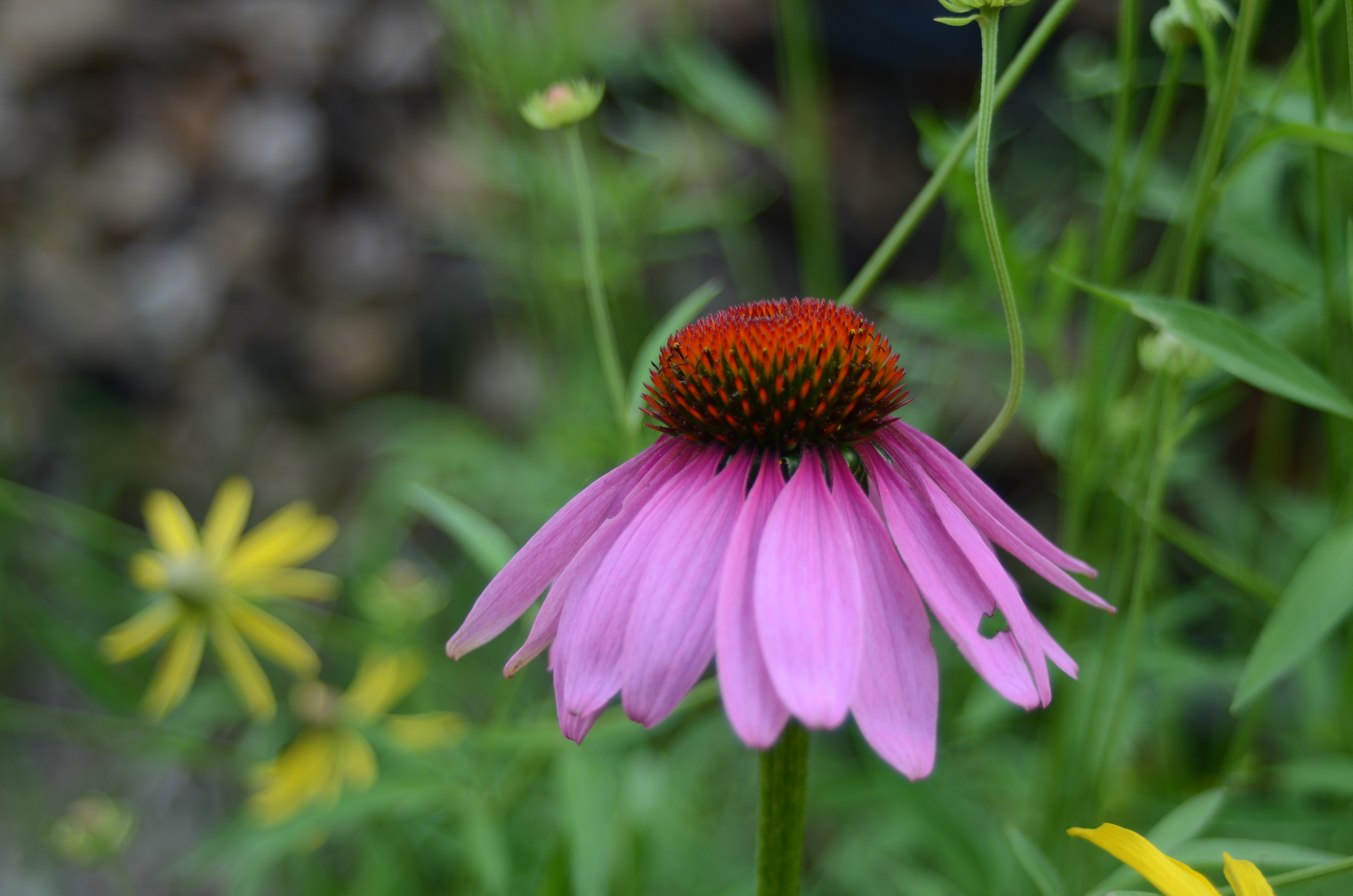

Legumes Legumes are staples in most people’s diets for a reason: these protein-packed seeds sustain life even when the going gets rough.Our guides will instruct you in growing your greens and reaping their nutrition-packed bounty! Leafy Greens Lettuce is lovely, and we love our spinach, too! Leafy greens are the basis of our salads, our sides, an additive to our soups, and more.Brassicas Cruciferous veggies that are part of the Brassica family make up an awful lot of the produce we eat! Here you’ll find cabbages and kale, broccoli and cauliflower, Brussels sprouts, and more!.No matter which part of the allium family it falls into, you’ll discover them here!

#Purple coneflower info how to
Learn how to do it with our in-depth tutorials! Mushrooms Although growing mushrooms isn’t technically gardening, it’s still an amazing way to grow food at home.Microgreens Microgreens are a hot new trend in gardening, urban farming, and restaurants…and they’re shockingly easy to grow.Spices add vibrancy not only to life, but to our gardens too! Let’s explore the weird, wild, and sometimes simply strange world of spices! Spices If a peppery punch is what you seek, a gingery sharpness, or perhaps the pungent aroma of freshly-ground nutmeg, you’ll find those and more here.Harvesting Do you know how to harvest your garden bounty properly? If not, have no fear, we’ll help you learn the right way to harvest (and in many cases to store) your abundant fruit, vegetables, herbs, and more!.Grains Here we highlight all of the fantastic seeds and grains you can grow for sustainable food solutions.From mangoes to bananas, you’ll find a selection of topics about tropical fruit here for you to peruse! Tropical Fruit Do you think of tropical fruit as being an exotic treat? We do too.Whether you’re learning to grow them or are simply looking for new options for trellising them, you will find it all in this location! Tomatoes All things about tomatoes can be found here.You’ll find most large-pitted fruits in this category! Stone Fruit Stone fruit includes most tree fruits with large pits, such as peaches, plums, avocadoes, or even cherries.Here we discuss all manner of small-seeded fruits – but not those that have pits as typical stone fruit does! Seed Fruit Seed fruit such as apples, pomegranates, or pears are a mainstay in most people’s diets, and they are in the garden, too.
:max_bytes(150000):strip_icc()/echinacea-purple-coneflowers-1402840-07_lo_res-aaae0145bd7146ac8aa3b7d222aceb61.jpg)



 0 kommentar(er)
0 kommentar(er)
